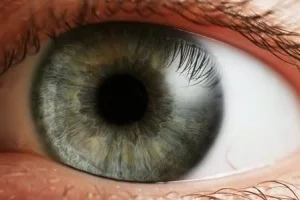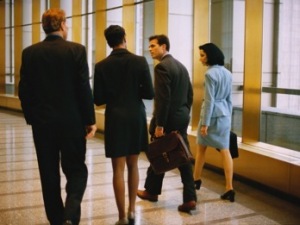Use Your Toes to Protect Your Knees
/When there’s a problem in the knee, there are probably imbalances in the feet. My friend had no complaints about her feet, but when I watched her move I could see that, especially on the side of her knee surgery, she wasn’t using the full articulation of her foot.
Read More







